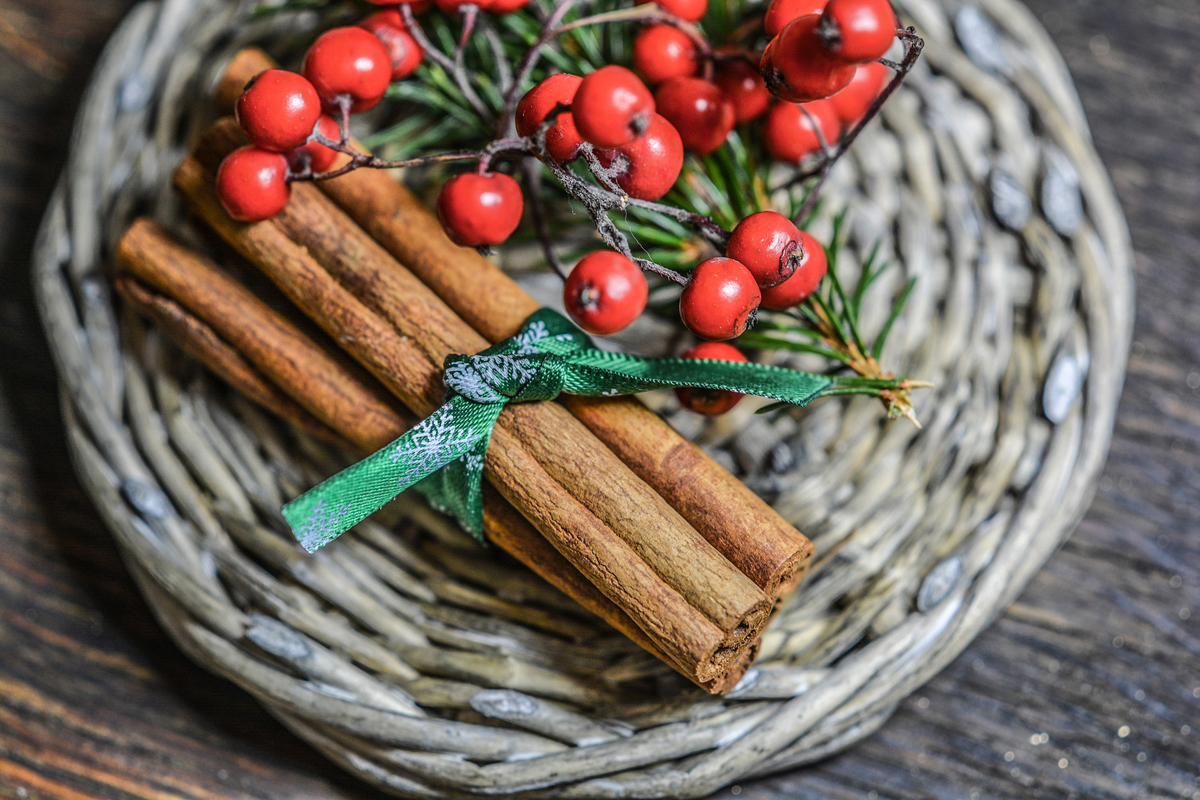Go Green and Save Green – How to Go Organic on a Budget Part 7

There are lots and lots of excellent reasons you should be eating organic food. It is the best choice for your health and the health of the environment. So why doesn’t everyone go organic? There is a much higher cost associated with organic food. It costs more to produce food naturally and that cost is passed on to the consumer. There are, however, some things that you can do to make the switch to organic less expensive.
There are four basic things you can do to go organic for less money: grow what you can, spend your food dollars wisely, make most of your food from scratch and don’t waste anything. Each article in this series will address one specific change you can make in each of the four areas.
Grow Your Own
So many people say they don’t have the time or the outdoor space to grow their own veggies. Well, today I have an option that leaves you with no more excuses: sprouts.
The selection of sprouts at most grocery stores is very limited and very expensive. A small 2 ounce bag usually costs about $4. That’s the equivalent of $32 a pound! As far as variety goes, you’ll normally find 2 or 3 kinds of sprouts if you are lucky. And organic sprouts are even harder to find.
Organic sprouting seeds cost very little and produce a lot. The same 2 ounce bag costs me between 5 and 25 cents to produce, depending on the type. I grow organic broccoli sprouts, organic sunflower sprouts, organic clover sprouts, organic alfalfa sprouts, organic radish sprouts and organic mung bean sprouts. The process is quite simple: I put the seeds in a glass jar and top with filtered water (chlorine will kill the seeds, so clean water is a must.) I leave the jar on the counter overnight, then drain in the morning. I put them in a cool dark place, such as a cabinet or closet. I wet and drain the sprouts once a day until they are ready. They take between 2 to 6 days, depending on the variety. More precise instructions will come with your organic sprouting seeds. With a few seconds of effort a day, I am able to grow fresh organic sprouts indoors for a fraction of the grocery store price.
Spend Your Food Dollars Wisely
Go for items that will give you more of a nutritional bang for your buck. Skip the vitamin waters; they are expensive and usually don’t offer much towards your good health. Make clean water your drink of choice and get your vitamins where Mother Nature put them in the first place: whole foods, especially vegetables.
Make Your Food From Scratch
A lot of home cooks make their food from scratch but purchase ready to use ingredients, like sliced vegetables. A good food processor will do the job for you instead, saving you money. Buy whole mushrooms, garlic, onions, carrots, cabbage and so much more. Slicing, chopping, mincing or shredding them at home will cost less and the vegetables will stay fresh longer when left whole.
Don’t Waste Anything
Organic Ketchup costs more than regular, but a quick read of the ingredients in both options will probably convince you the organic is certainly the better choice. One way to offset the higher price is by using every drop. I’m sure you were taught to turn the empty Ketchup bottle upside down to get the most out of it. This is an amateur tactic when it comes to culinary frugality.
So how do you get the last of it out of the bottle? After you have removed as much as possible, fill the almost empty ketchup bottle with water and shake to clean the sides. This is the best way to really get as much as possible out.
What can you use Ketchup water for? There are many options. There is still a good amount of flavor left in the bottle, which is transferred to the water. Use it instead of plain water in any recipe that would go well with the tangy, tomato flavor. Here are a few examples:
Use it instead of plain water when making rice. The resulting rice is perfect for use in a stuffed pepper filling or as a bed for beef stew.
Add the ketchup water to the mix when making homemade beef stock.
Simmer vegetables in the ketchup water. My favorite vegetables for this include green beans, corn and braised cabbage.
I hope I have convinced you going organic doesn’t always have to break your budget. Make simple changes to get the most out of your food dollars. Thanks for reading, see you in part 8!
The Author:
Heather Krasovec, creator of Microwave Oven Reviews, uses her extensive experience in food based industries to help consumers make better choices when stocking their kitchens.








